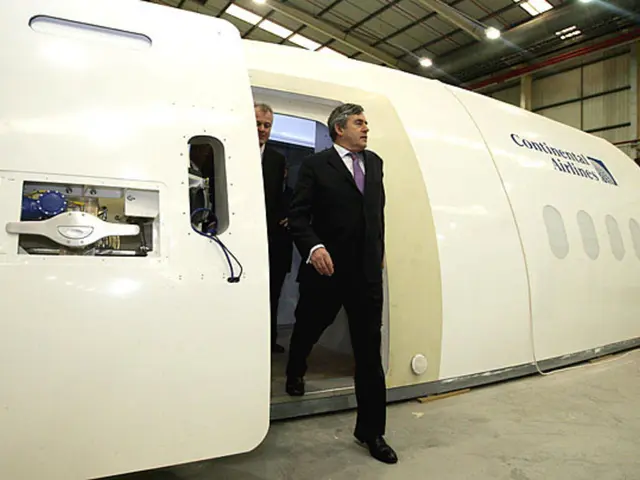Comprehension of LEED Green Associate Required: Electrical Load at Outlets Explained
In the world of building management, understanding the receptacle load is crucial for reducing energy costs, improving efficiency, and achieving LEED certification.
Receptacle loads, also known as plug and process loads (PPLs), encompass a wide range of electrical devices and appliances. These include common household items like computers, printers, monitors, lamps, refrigerators, microwaves, and coffee makers, as well as office equipment, appliances, electronic devices, and small HVAC devices. However, it's essential to note that receptacle load does not include hard-wired equipment such as lighting fixtures, HVAC systems, or elevators.
The receptacle load is a significant part of the overall electrical load in a building, accounting for about 47% of primary energy in U.S. commercial buildings. This makes it a major component that needs careful consideration when designing and managing energy-efficient electrical systems.
Managing the receptacle load can be achieved through various methods. Power management systems, such as smart strips and timers, can help regulate the flow of electricity to these devices, reducing energy waste. Automatic receptacle controls, devices that turn off or reduce power to receptacles when not in use, are also required by certain standards like ANSI/ASHRAE/IES Standard 90.1-2019 and NIH DRM 10.5.313.
Reducing the receptacle load can lead to improved building energy efficiency and aid in achieving LEED certification. Choosing Energy Star rated equipment, providing occupant education, and using smart power strips can help lower energy consumption and earn points under the Energy & Atmosphere credit category in LEED and green building context.
When calculating a building's electrical load, it's important to account for the cumulative load of all receptacles, as it can represent a significant portion of the total power draw. The National Electrical Code (NEC) provides guidelines for estimating receptacle loads based on square footage and building type.
For those preparing for the USGBC LEED Green Associate certification exam, understanding the receptacle load is of paramount importance. The exam offers a free practice question and answer dump with detailed explanations and references to help pass the exam and earn the USGBC LEED Green Associate certification.
In conclusion, understanding and managing receptacle loads is a key aspect of creating energy-efficient buildings and achieving LEED certification. By considering the receptacle load in electrical systems, implementing power management strategies, and making smart choices about the equipment used, buildings can significantly reduce their energy consumption and contribute to a more sustainable future.
Read also:
- Exploring Hemp Insulation: Is This Eco-Conscious Solution Worthwhile for Your Construction Project?
- Construction fleet and urban transport emissions could see a significant reduction with the implementation of biogas as a game-changing solution.
- Fiercely battling for survival, a student hails from Ludwigsburg
- Pforzheim encounters 'intrinsic difficulties' as per the findings of the study








